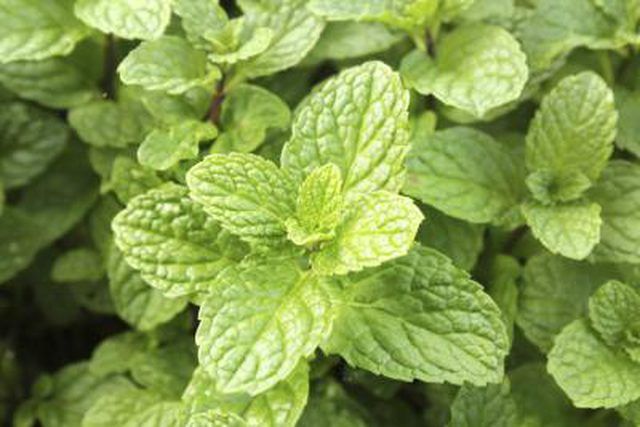Bulbs
Flower Basics
Flower Beds & Specialty Gardens
Flower Garden
Garden Furniture
Garden Gnomes
Garden Seeds
Garden Sheds
Garden Statues
Garden Tools & Supplies
Gardening Basics
Green & Organic
Groundcovers & Vines
Growing Annuals
Growing Basil
Growing Beans
Growing Berries
Growing Blueberries
Growing Cactus
Growing Corn
Growing Cotton
Growing Edibles
Growing Flowers
Growing Garlic
Growing Grapes
Growing Grass
Growing Herbs
Growing Jasmine
Growing Mint
Growing Mushrooms
Orchids
Growing Peanuts
Growing Perennials
Growing Plants
Growing Rosemary
Growing Roses
Growing Strawberries
Growing Sunflowers
Growing Thyme
Growing Tomatoes
Growing Tulips
Growing Vegetables
Herb Basics
Herb Garden
Indoor Growing
Landscaping Basics
Landscaping Patios
Landscaping Plants
Landscaping Shrubs
Landscaping Trees
Landscaping Walks & Pathways
Lawn Basics
Lawn Maintenance
Lawn Mowers
Lawn Ornaments
Lawn Planting
Lawn Tools
Outdoor Growing
Overall Landscape Planning
Pests, Weeds & Problems
Plant Basics
Rock Garden
Rose Garden
Shrubs
Soil
Specialty Gardens
Trees
Vegetable Garden
Yard Maintenance
How to Trim Mint Plants
How to Trim Mint Plants. Like the pushiest of neighbors, mint plants (Mentha spp.) have no respect for boundaries. Introducing these aromatic herbs into your garden is asking for a constant struggle to keep them contained. But having one or more varieties of fresh mint available outweighs the challenges, and it grows in most climates, from U.S....

Like the pushiest of neighbors, mint plants (Mentha spp.) have no respect for boundaries. Introducing these aromatic herbs into your garden is asking for a constant struggle to keep them contained. But having one or more varieties of fresh mint available outweighs the challenges, and it grows in most climates, from U.S. Department of Agriculture plant hardiness zones 3 through 10. Once you've learned to trim your mint, it becomes an invitee rather than an invader.
How Mint Spreads
Three ways of reproducing give mints an edge over other garden plants. First, they spread by horizontal underground stems, called rhizomes. They also produce stolons, or runners, just above or beneath the soil's surface. New mint plants identical to the originals sprout from the runners' tips. Finally, many mint varieties self sow. Don't let recently planted mints fool you into thinking they're well-mannered. They need three years to hit their full spreading stride.
Trimming Mint Runners
Runners -- including those trailing from potted mints -- root wherever their nodes touch the soil. Routinely trimming them is the best way to contain the plants. To do this, sever the ends of the runners connecting the young plants to the parent with a sharp spade. Pull the runners, plantlets included, from the soil and recheck the area for remnants.
Disposing of Runners
Seal the runners and plantlets in black plastic bags, set them in full sun for two weeks and dispose of them in the trash or garden waste can. Those tossed in a compost pile or discarded to dry outdoors often root and spread. Spearmint (Mental spicata) and peppermint (Mentha x piperita) root so readily, they're considered invasive in some parts their growing range in USDA zones 5 through 10.
Trimming Mint Flowers
By midsummer, mints' lavender, pink or white flower buds are ready to burst into exuberant bloom. But letting them flower, limits the energy available for leaf production. More importantly, many mint varieties self-sow. To keep the plants in their place and those flavorful young leaves coming, snip the bud stalks off at the first leaf joint with clean, sharp stem clippers. Wipe your clipper blades between cuts with a clean cloth dipped in rubbing alcohol to disinfect them.
Trimming Mint Leaves
To trim a few mint leaves for the kitchen, simply hold a stem between your thumb and forefinger and pinch them off. To harvest an entire plant, wait for the buds to emerge so the leaf flavor is most intense. Using stem clippers, cut each stem back to the first or second set of leaves above the soil. Remember to disinfect your clippers between cuts. A mature mint plant handles up three harvests per growing season, and each harvest promotes healthy, dense new leaves.
Trimming for Winter
If you live in USDA zone 8 or lower, cut your mint plants back to the ground after frost blackens their tops in fall. They'll reappear with healthy green shoots in spring.